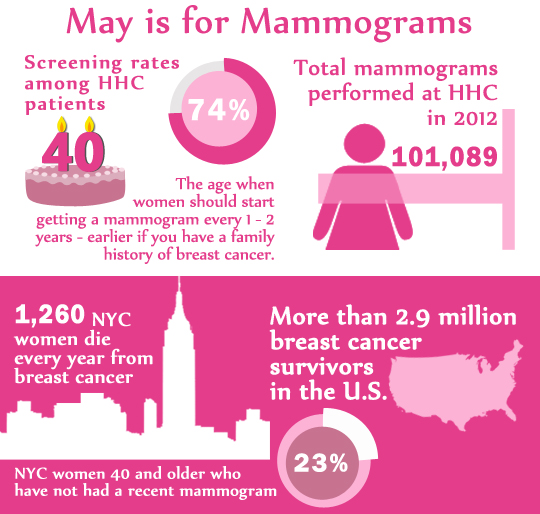Failure to diagnose ovarian cancer: CA125 blood test screening for postmenopausal women brings hope for early detection
Failure to diagnose ovarian cancer at an early stage frequently happens because there are no specific symptoms and no early detection tests have been available so far. It is the deadliest of all gynecological cancers with a mortality rate that has not improved in forty years since the “War on Cancer” was declared.
A new screening strategy that looks at the change of carbohydrate antigen 125 (CA125) levels over time and age may bring new hope for earlier detection.
Karen H. Lu MD, H.E.B. Professorship in Cancer Research, Department of Gynecologic Oncology and Reproductive Medicine, Division of Surgery, The University of Texas M. D. Anderson Cancer Center, Houston, TX and her team tested 4051 women over a period of 11 years. Each participant had an annual CA 125 blood test and then based on a Risk of Ovarian Cancer Algorithm (ROCA) women would be scheduled for a test the following year (low risk) , a test in 3 months (medium risk) or a transvaginal ultrasound (high risk).
 New York Personal Injury Attorneys Blog
New York Personal Injury Attorneys Blog



